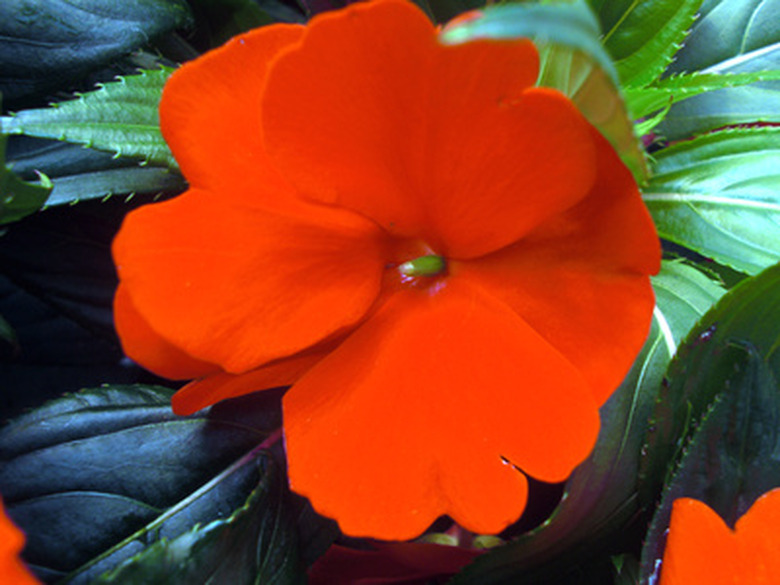How To Fertilize Begonias
Things Needed
- Houseplant fertilizer
- 10-10-10 fertilizer
- Hoe
Begonias have deep green foliage and bloom profusely throughout the summer months, adding color to the garden. These shade-tolerant flowers thrive on the north side of buildings or in beds beneath trees and shrubs. They are also well suited to containers and hanging baskets, with small flowering varieties available for just this purpose. While begonias require little maintenance in the warm months, begonias in both beds and planters require regular fertilization in order bloom well all season.
Step 1
Fertilize container-grown begonias in spring when the plants send up their first shoots. Apply a balanced liquid houseplant food at half the rate recommended on the package.
Step 2
Apply fertilizer to the soil prior to planting bedding begonias in spring. Add 1 pound of 10-10-10 fertilizer per every 100 square feet of garden bed. Work the fertilizer into the top 5 inches of the bed with a tiller or hoe.
- Begonias have deep green foliage and bloom profusely throughout the summer months, adding color to the garden.
- While begonias require little maintenance in the warm months, begonias in both beds and planters require regular fertilization in order bloom well all season.
Step 3
Fertilize container-grown plants every two weeks throughout spring and summer when the begonias are actively growing. Apply subsequent fertilizer applications to the bedded begonias once a month, adding 1 pound of 10-10-10 fertilizer per 100 square feet. Spread the fertilizer on the soil surface between the plants, taking care not to get it directly on the begonias leaves or stem.
Step 4
Water bedding begonias after each fertilization, moistening the soil until it feels damp to a 6-inch depth when you stick your finger into it. This leaches the fertilizer into the root zone where the begonia can access it. Water container-grown plants as recommended on the fertilizer package.
Step 5
Stop all fertilizer application in late summer or early fall, approximately eight weeks before the first expected fall frost. This prevents lush late-season growth, allowing the begonia to go dormant by winter.
- Fertilize container-grown plants every two weeks throughout spring and summer when the begonias are actively growing.
- Spread the fertilizer on the soil surface between the plants, taking care not to get it directly on the begonias leaves or stem.
Tip
Fertilize and water begonias in the morning. This allows time for the leaves to dry and helps prevent fungal diseases. Adding compost to the bed prior to planting also adds trace nutrients to the soil.
Warning
Fertilizer that comes in contact with leaves and roots can cause burning, which can lead to plant death. Rinse the leaves after fertilizing and while watering to prevent this.
